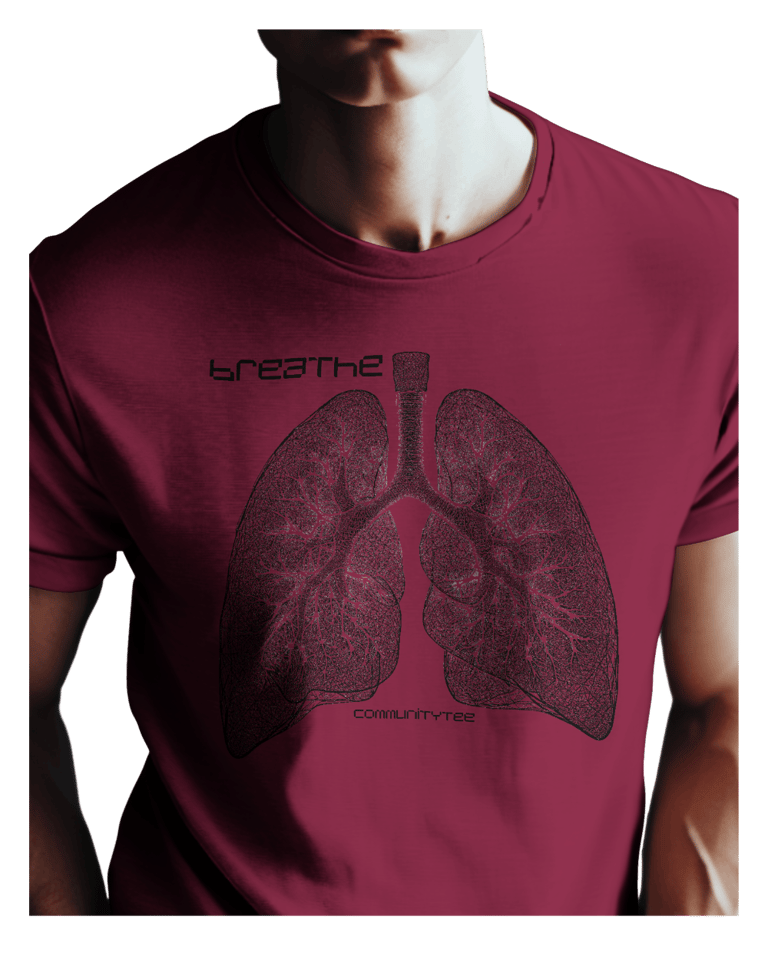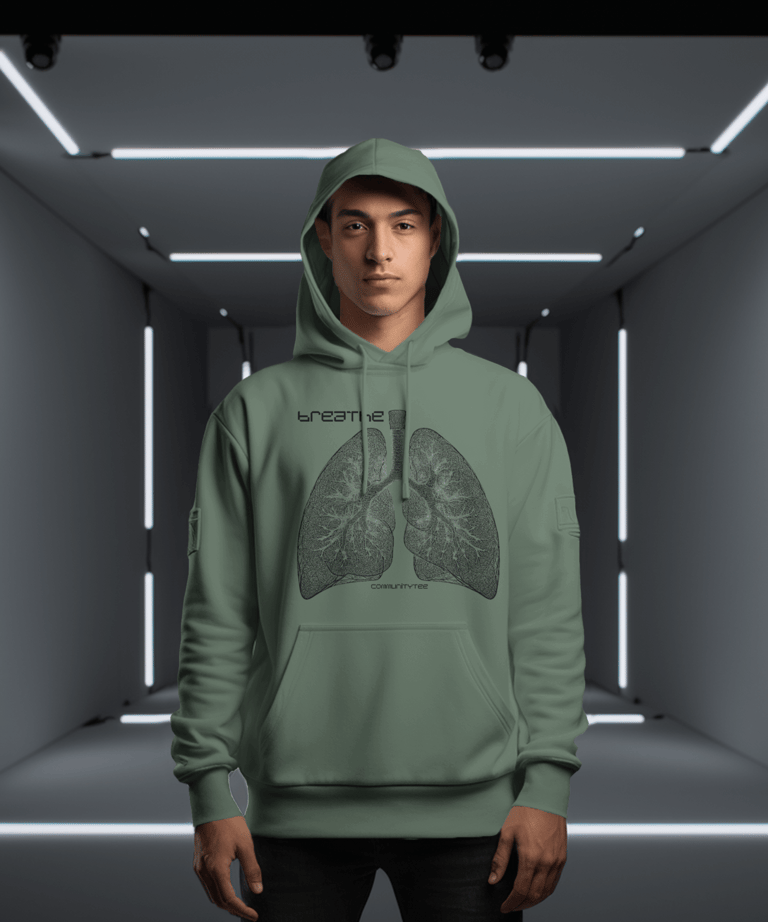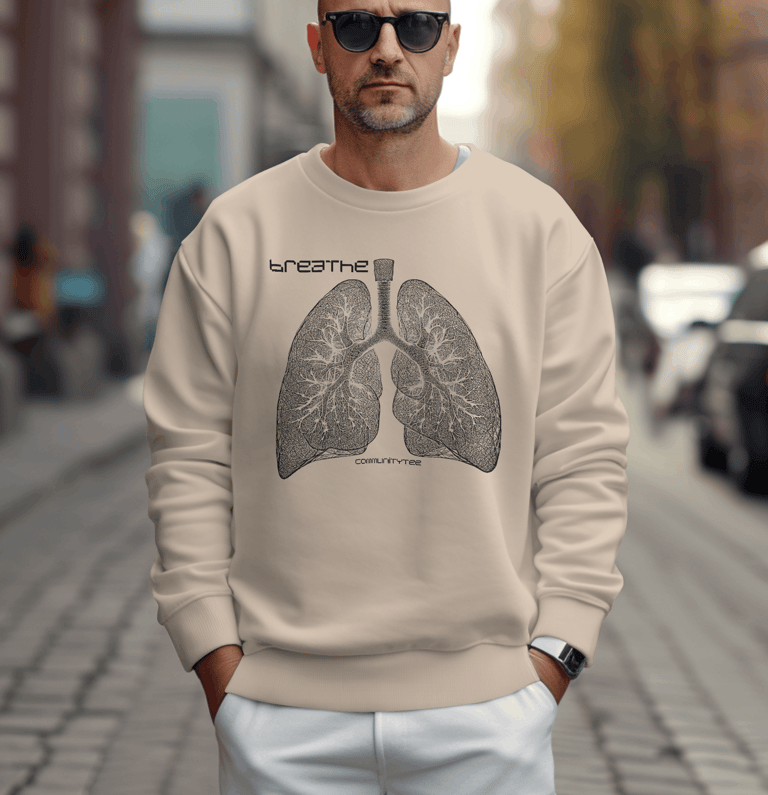Breathe
Boost for your health
HEALTH
There are few books that have triggered a real WOW moment for me, but "Breath" by James Nestor is definitely one of them. This book stands out from other guides due to the depth of insight it offers into the topic of breathing and the personal journey the author takes us on. The combination of scientific facts, personal experiences, and practical instructions to follow is what makes this book special. The instructions are simple to implement and clear.
Ever since (model) casting shows became popular, we have realized that many of us do not master simple things like walking properly :-). Therefore, it's no surprise that we also don't do breathing – something we believe we have been doing since birth – ideally. The book emphasizes that we have never learned how different breathing techniques can trigger different mechanisms in our body. There are hundreds of breathing techniques, each with a unique effect on our body. Instinctively, our body adjusts our breathing to specific situations. When we are stressed, our breathing becomes faster and shallower. When we run, we breathe through our mouths. Our body needs more air in such moments, accelerating our breathing. This programming, which dates back to the Stone Age when our ancestors had to flee from saber-toothed tigers, is often not always sensible today. Nowadays, we are stressed by deadlines or challenging fellow human beings, and running away is rarely an option. What remains is an imbalance of oxygen and carbon dioxide in the body. But how do we calm ourselves again? Either we wait until the stressful situation is over and our breathing normalizes on its own, or we consciously influence our breathing to calm our body.
The author of the book, who himself suffered from a lung disease, went through numerous doctor visits before being asked about his breathing technique. After several failed breathing courses, which he found too esoteric, he began to delve into scientific studies on the subject. He discovered a wealth of literature – some as old as humanity itself, others from modern research. A consistent finding was that mouth breathing is considered harmful. This was confirmed by a remarkable self-experiment by the author in collaboration with Stanford University. To enforce continuous mouth breathing, he had his nose plugged with silicone stoppers for 10 days. The result was an increase in his blood pressure, an elevated risk of heart attack and stroke, as well as an accelerated heart rate, a reduced body temperature, and a general feeling of unwellness. His health improved again after removing the stoppers. There were also animal experiments where the noses of animals were blocked for an extended period, resulting in permanent health damage.
Does more air also mean more health? The author examined data on freedivers, an extreme sport where divers dive with a deep breath and without additional oxygen. The record for this is 11 minutes. The divers train their lungs with breathing techniques to significantly increase their lung volume and thus regulate their metabolism. This even includes reducing the pulse to as low as 20 beats per minute. This shows how much our breathing affects our body and that the lungs are also just a muscle that can be trained. The best part is, you don't need a gym; you just need to breathe consciously.
Breathing techniques can not only positively regulate our metabolism, but, as with everything in life, there is also a harmful alternative. Extreme breathing techniques can produce effects similar to those of psychedelic drugs. Rapid breathing lowers the carbon dioxide content in the body and can lead to visions, as it affects the blood flow to the brain due to an excess of oxygen in the body. Contrary to popular belief, carbon dioxide is more than just a waste product; it plays a crucial role in the release of oxygen from blood cells and the expansion of blood vessels. No wonder oxygen therapies are so trendy in some parts of our modern world. You feel good afterwards, not because you've taken in more oxygen, but because you're high.
For me, it was particularly enlightening to learn that we usually breathe in more air than our body needs. According to the author's findings, optimal breathing consists of a rhythm of at least 5.5 seconds. This made me think, especially regarding the idea that we might have a limited "budget" of breaths and heartbeats in our lives. On average, this is about 700 million breaths and 3.3 billion heartbeats, determined partly by our genetics and partly by our lifestyle, including our breathing and the associated regulation of our metabolism.
Through conscious breathing, we can not only regulate our metabolism but also alleviate anxiety and reduce pain. It's interesting that we only apply breathing techniques in certain situations, but not in everyday life. Think of conscious breathing to manage pain during childbirth.
In this blog, I want to impart to you the basics. The book presents a variety of breathing techniques that equip the body with additional energy and strength for extreme situations. A key insight I want to share with you is the importance of listening to our body and consciously influencing it when necessary and sensible. Too often, we overlook that there is a time delay in the communication between our body and our consciousness.
If you liked this blog and want to learn more about different breathing techniques and the mechanisms they trigger in the body, click here on my affiliate link and order the book.
Source: Breath :The New Science of a Lost Art, Penguin Publishing Group, ISBN: 978-0593420218





